Are you tired of digging through a disorganized mess in your freezer?
Are you ready to upgrade to a more efficient and convenient freezing solution?
Look no further! In this post, we'll dive into the world of freezers and explore the different types available on the market: upright, chest, compact, and combination.
Say goodbye to freezer burn and hello to perfectly frozen meals and snacks. Get ready to be the envy of all your friends with your organized and state-of-the-art freezer.
So grab a pen and paper, because you'll want to take notes on which type will best suit your needs.
Types of Freezers
NOTE: WE MAY GET A COMMISSION IF YOU DECIDE TO MAKE A PURCHASE THROUGH THESE LINKS. THERE'S ADDITIONAL NO COST TO YOU. CHECK THE BOTTOM OF THE PAGE FOR MORE INFORMATION.
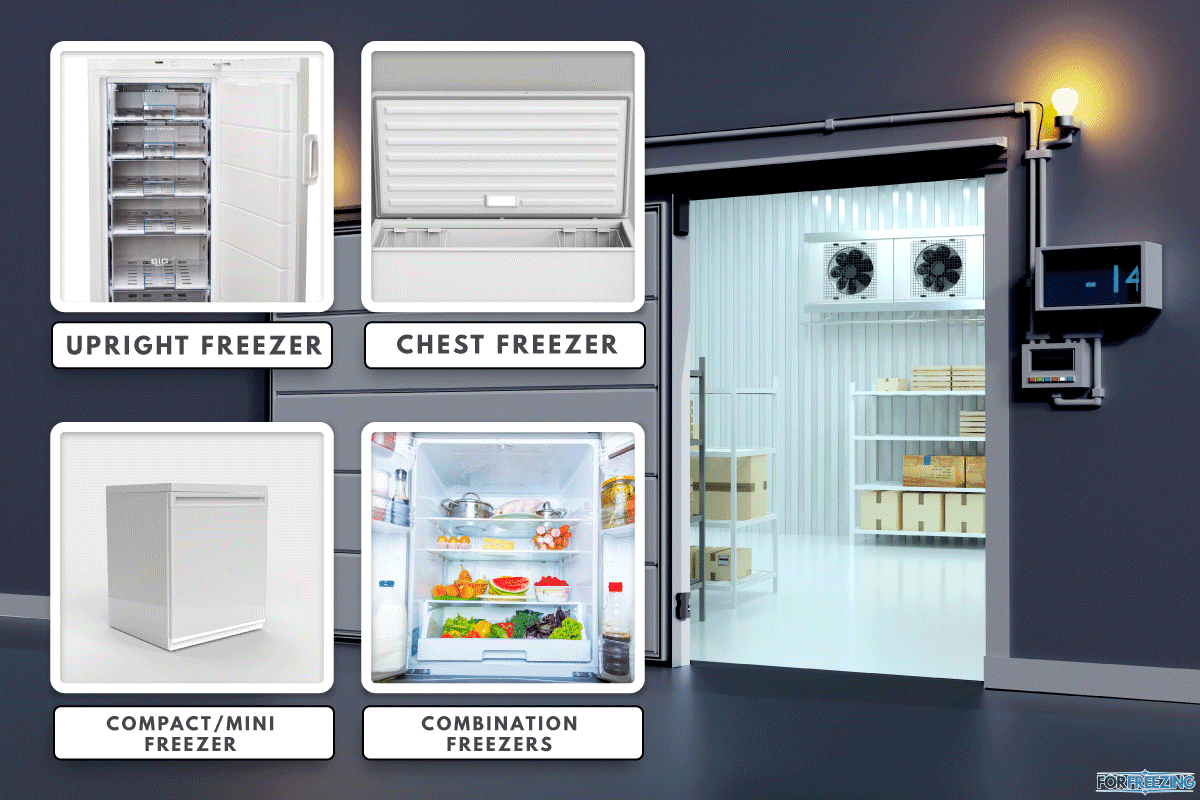
Freezers have become an essential part of modern kitchens, allowing households to buy and store food in bulk, saving both time and money.
With the advent of different types of freezers, it's now possible to find the perfect option to suit your specific needs.
Upright Freezers
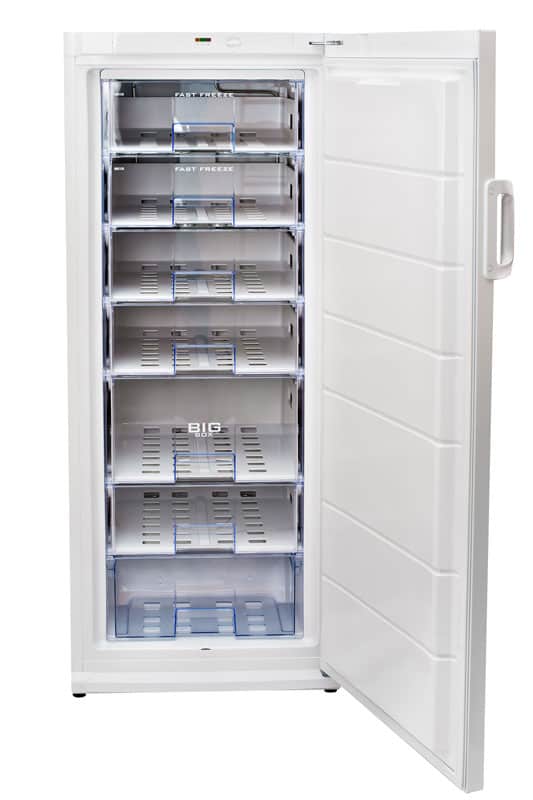
Upright freezers are the most common type of freezer found in households. They are designed to stand upright, similar to a refrigerator, and are typically wider than they are deep.
Advantages
Upright freezers are easy to organize, the shelves can be adjusted, and the door shelves can easily store items you want to access. They also save floor space as they can be placed against a wall.
Disadvantages
Upright freezers can be more expensive than chest freezers and they are not as energy-efficient.
Uses
Ideal for households with limited space and for families who want to store frozen food in an easily accessible manner. They're perfect for storing frozen fruits, vegetables, meat, and frozen meals.
Chest Freezers
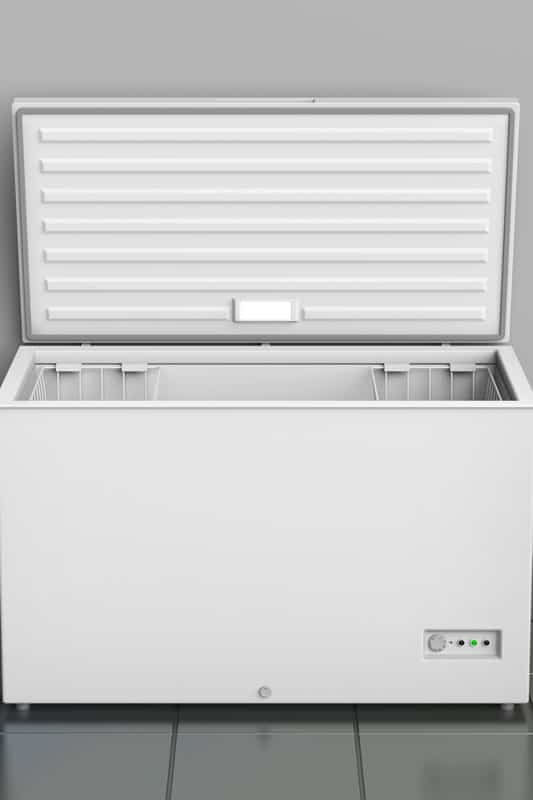
Chest freezers have a chest-like shape and open from the top, similar to a trunk. They have more storage capacity than upright freezers.
Advantages
Chest freezers are more energy-efficient than upright freezers, they are less expensive and they can store large items like a turkey or roast.
Disadvantages
Chest freezers can be difficult to organize, and items at the bottom can be hard to reach. They also consume more floor space
Uses
Chest freezers are perfect for large families or for those who like to buy food in bulk. They're great for long-term storage of frozen meats, vegetables, and other bulk items.
Compact/Mini Freezers
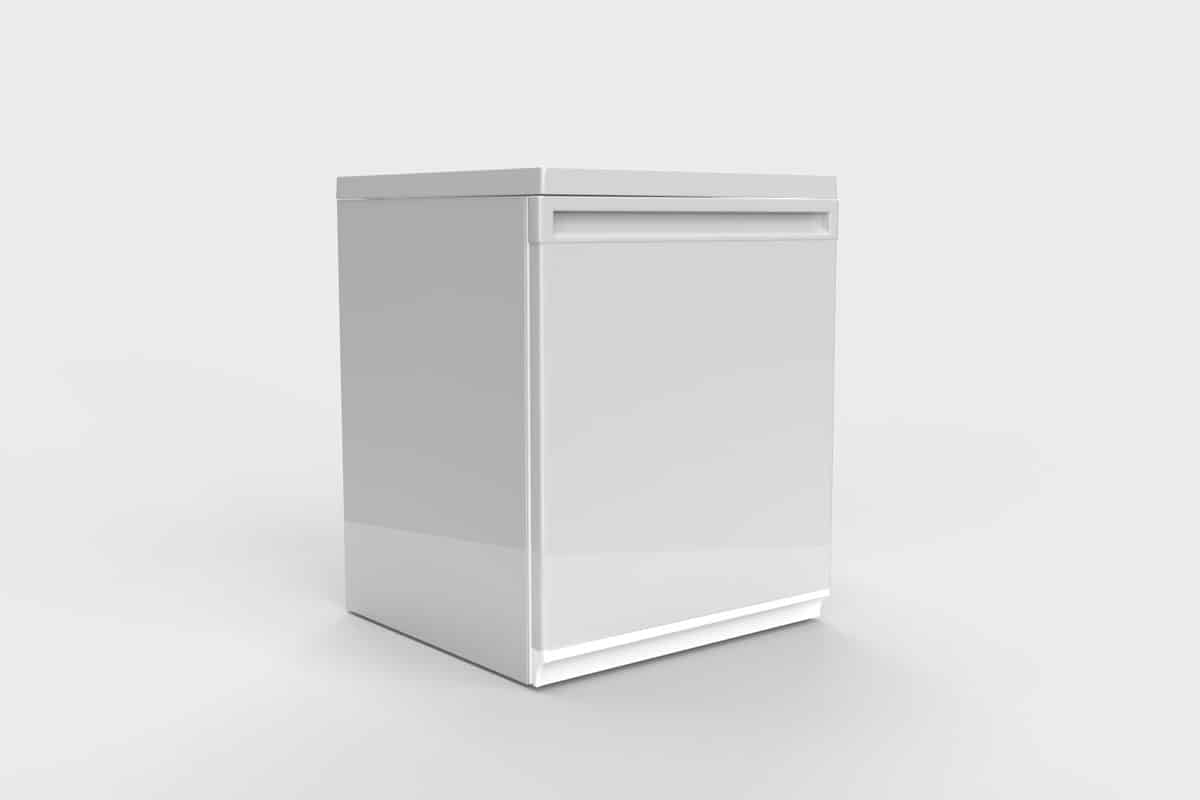
Compact or mini freezers are small in size, they are designed to fit in tight spaces, such as a dorm room or a small apartment.
Advantages
They are space-saving, energy-efficient and easy to move around.
Disadvantages
They have limited storage capacity, and they can be more expensive on a per-cubic-foot basis than larger freezers.
Uses
Ideal for small households, single people, and for storing frozen snacks and desserts.
Combination Freezers
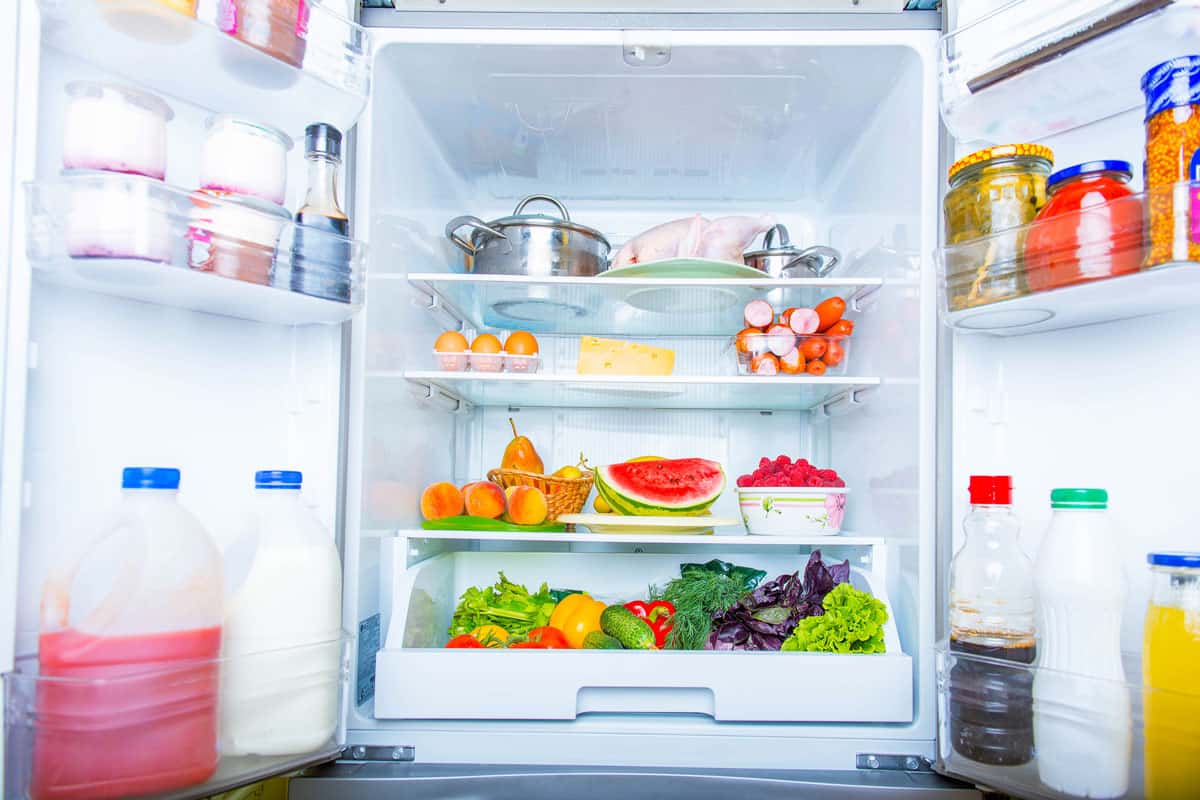
Combination freezers, also known as all-freezer refrigerators, are refrigerators with a bottom freezer unit.
Advantages
They offer the convenience of having both a refrigerator and a freezer in one unit, which saves space.
Disadvantages
They can be more expensive than standalone freezers and refrigerators and it can be difficult to organize items in the freezer unit.
Uses
Ideal for households that have limited space, they are perfect for storing both fresh and frozen food items.
Walk-in Freezers
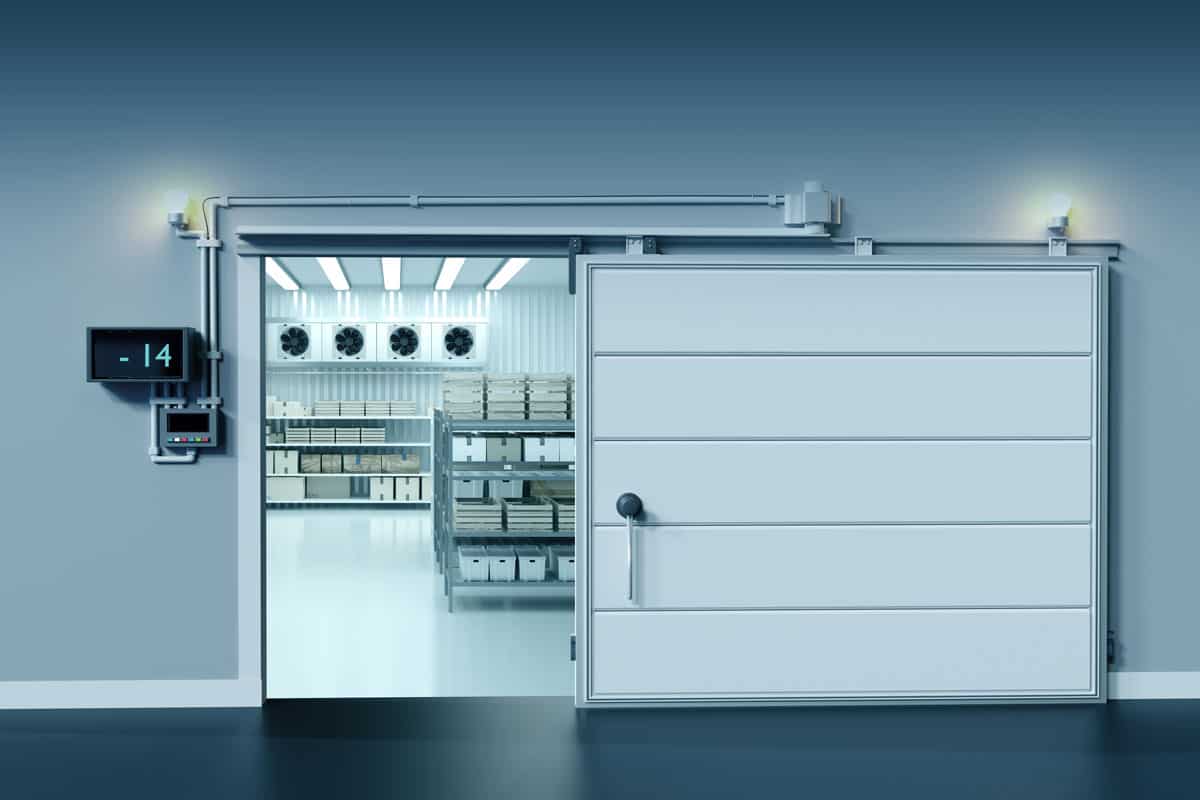
A walk-in freezer is a large, standalone, refrigeration unit that is designed for the storage of food and other perishables at extremely low temperatures. The name "walk-in" refers to the fact that the freezer is big enough for people to walk into, making it easy to access and organize the contents inside.
Advantages
One of the key advantages of a walk-in freezer is its large capacity, which allows for the storage of a large amount of food and other perishables. Additionally, the freezer can be set to specific temperatures, allowing for the storage of a wide variety of items.
This is especially important for items that require storage at very low temperatures to preserve their quality, taste and safety.
Another advantage of a walk-in freezer is its organizational feature, which allows for better organization and easier access to stored items. This makes it easier for staff to quickly find and retrieve the items they need.
Disadvantages
While walk-in freezers have many benefits, there are also some disadvantages to consider. For example, walk-in freezers are generally more expensive than standard refrigerators, and they require a significant amount of space, making them less practical for smaller commercial kitchens or homes.
They also require regular maintenance and cleaning to ensure that they are working efficiently and to prevent the build-up of mold and bacteria.
Uses
Walk-in freezers are typically found in commercial kitchens, grocery stores, and restaurants, where they are used to store large quantities of food. They are also used in other industries such as pharmaceutical and industrial settings.
Blast Freezers

A blast freezer is a type of commercial freezer that is specifically designed to rapidly lower the temperature of food and other perishables. This is done by blowing extremely cold air directly onto the items being stored, which quickly lowers their temperature and helps to preserve their freshness, flavor, and safety.
Advantages
Unlike a traditional freezer, which can take hours or even days to lower the temperature of food, a blast freezer can do it in a matter of minutes. This is especially important for businesses that need to quickly store and preserve large quantities of perishable items.
Another advantage of a blast freezer is its ability to preserve the quality of food. The rapid cooling process helps to lock in the freshness, flavor, and nutritional value of the items being stored, which can help to extend their shelf life.
Disadvantages
However, it's important to note that blast freezers are generally more expensive than traditional freezers, and they require a significant amount of energy to operate.
They also require regular maintenance and cleaning to ensure that they are working efficiently and to prevent the build-up of mold and bacteria.
Uses
Blast freezers are typically found in commercial kitchens, grocery stores, and restaurants, where they are used to store large quantities of food, seafood, meat, and other perishables that require quick freezing process.
2-Door Reach-in Freezers
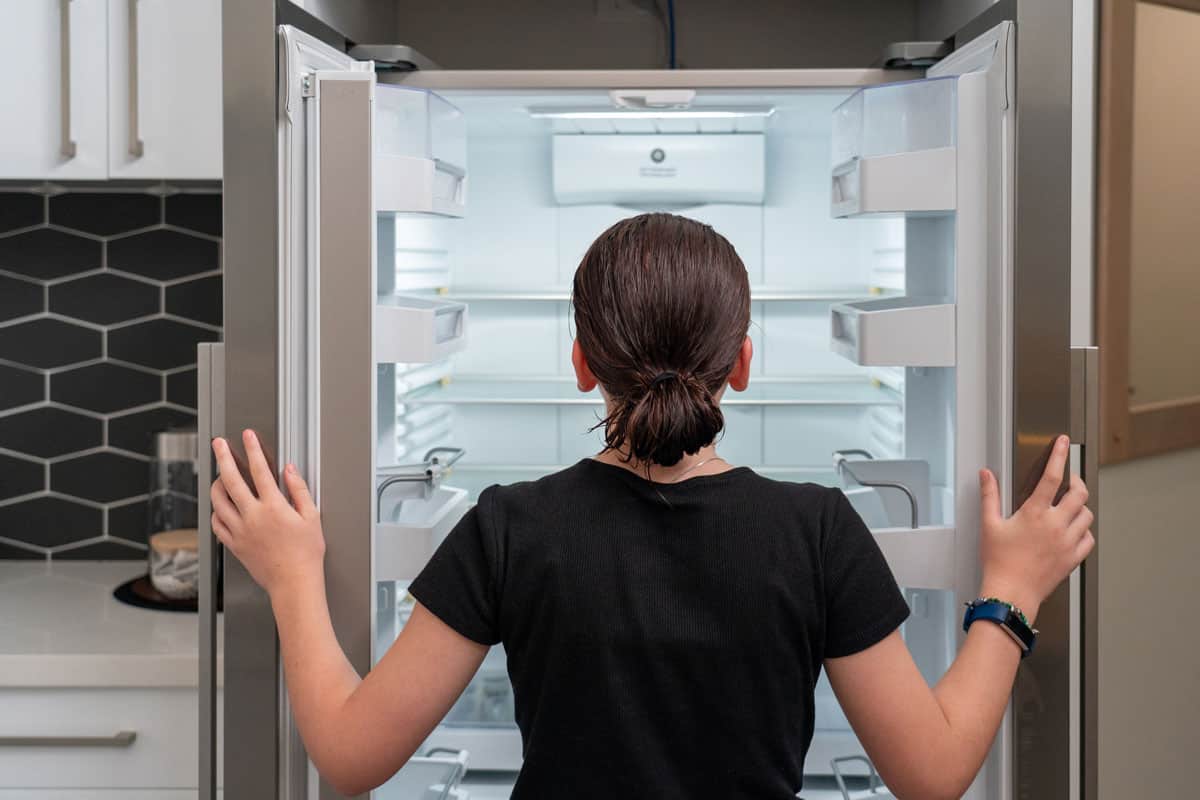
A 2-door reach-in freezer is a type of commercial freezer that is designed for storing and preserving food and other perishables at low temperatures. The "2-door" refers to the fact that the freezer has two doors, which allows for easy access to the contents inside.
The "reach-in" refers to the design of the freezer, which allows the user to reach into the unit to access the stored items without having to fully enter the freezer.
Advantages
One of the key advantages of a 2-door reach-in freezer is its convenience. The double door design allows for easy access to the stored items, which can save time and make it easier to retrieve and organize the contents.
This is especially useful for busy commercial kitchens, grocery stores, and restaurants where time and efficiency are crucial.
Another advantage of a 2-door reach-in freezer is its organizational feature. These freezers generally have adjustable shelves that can be moved to accommodate different types and sizes of items, which makes it easier to organize the contents and keep them easily accessible.
Disadvantages
Despite the many advantages of 2-door reach-in freezers, there are a few drawbacks to take into account. They can be more expensive to operate because they consume a lot of electricity, and they are often more expensive than single-door freezers.
Additionally, they need routine upkeep and cleaning to remain functional and to avoid the growth of bacteria and mold.
Uses
2-door reach-in freezers are typically found in commercial kitchens, grocery stores, and restaurants, where they are used to store large quantities of food and other perishables. They also can be used in other settings such as convenience stores, cafes and other food service establishments.
Sliding door freezers
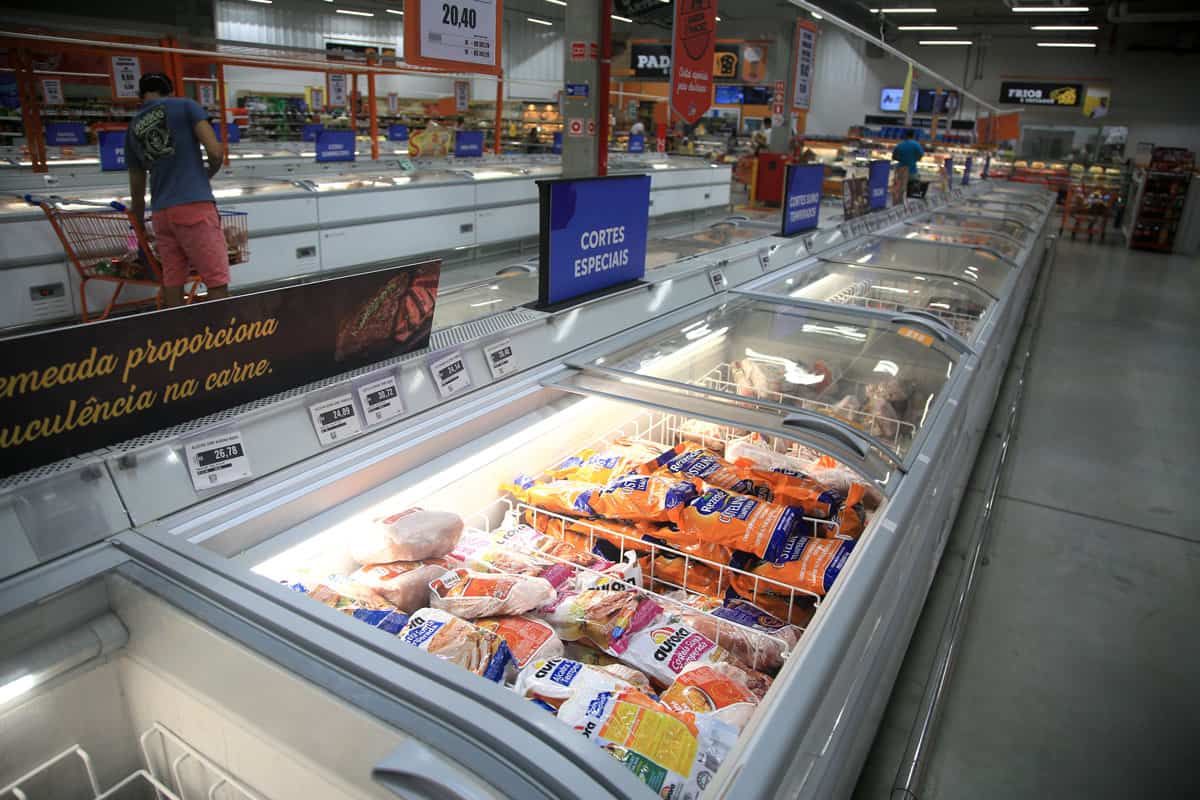
A sliding door freezer is a type of commercial freezer that is designed for the storage of food and other perishables at extremely low temperatures.
The "sliding door" refers to the design of the freezer, which features a door that slides open and closed, rather than swinging open like a traditional door.
Advantages
One of the key advantages of a sliding door freezer is its space-saving design. The sliding door design allows the freezer to be installed in tight spaces, such as in a corner of a room or against a wall, which can save valuable floor space in a busy commercial kitchen or grocery store.
Another advantage of a sliding door freezer is its ease of use. The sliding door design makes it easy to open and close the door, even with a full load of groceries or other items in your hands.
This is especially useful for busy commercial kitchens, grocery stores, and restaurants where time and efficiency are crucial.
Disadvantages
Although sliding door freezers have many advantages, there are a few drawbacks to take into account. For instance, they are typically more expensive than conventional door freezers because their operation uses a lot of electricity, which can be pricey.
To keep them operating well and to prevent the growth of mold and bacteria, they also need regular maintenance and cleaning.
Uses
In industrial kitchens, supermarkets, and eateries, sliding door freezers are frequently used to store vast amounts of food and other perishables.
They can also be utilized in other places, like cafes, convenience stores, and other places that provide food.
Factors to Consider when Choosing a Freezer
It's important to consider your specific needs and preferences before making a purchase. In the next section, we will discuss the factors that you should consider when choosing a freezer to make an informed decision.
Capacity
One of the most important factors to consider when choosing a freezer is the storage capacity. You'll want to ensure that the freezer has enough space to store all of your frozen items. Measure your space and consider how much food you'll need to store. For example, a family of four may need a larger freezer than a single person.
Energy Efficiency
Another important factor to consider is the energy efficiency of the freezer. Look for models with Energy Star rating, which are more energy-efficient than non-rated models. This will help you save money on your energy bills in the long run.
Size and Location
The size and location of the freezer are also important factors to consider. Make sure to measure the space where you plan to put the freezer and ensure that the model you choose will fit. Consider if you want the freezer to be visible or hidden away, and if it will be in a high traffic area or not.
Additional features
Some freezers come with additional features such as a frost-free feature, a door lock, a built-in ice maker, and a digital thermostat. Consider if any of these features would be beneficial for you.
By taking into account these factors, you'll be able to find a freezer that is the perfect fit for your needs. It's important to remember that a freezer is a long-term investment, so take your time researching and choosing the right one.
Conclusion
A freezer is a valuable addition to any household, allowing you to store food for longer, saving time and money.
It's important to take the time to research and choose the right freezer for your specific need, so that you can enjoy the benefits of a well-functioning freezer for years to come.
Resources
https://www.maytag.com/blog/kitchen/chest-vs-upright-freezer.html
https://www.air-conditioning-and-refrigeration.com/freezer-types.html
https://www.smadgroup.com/NewsDetail/factors-to-consider-when-buying-a-chest-freezer



